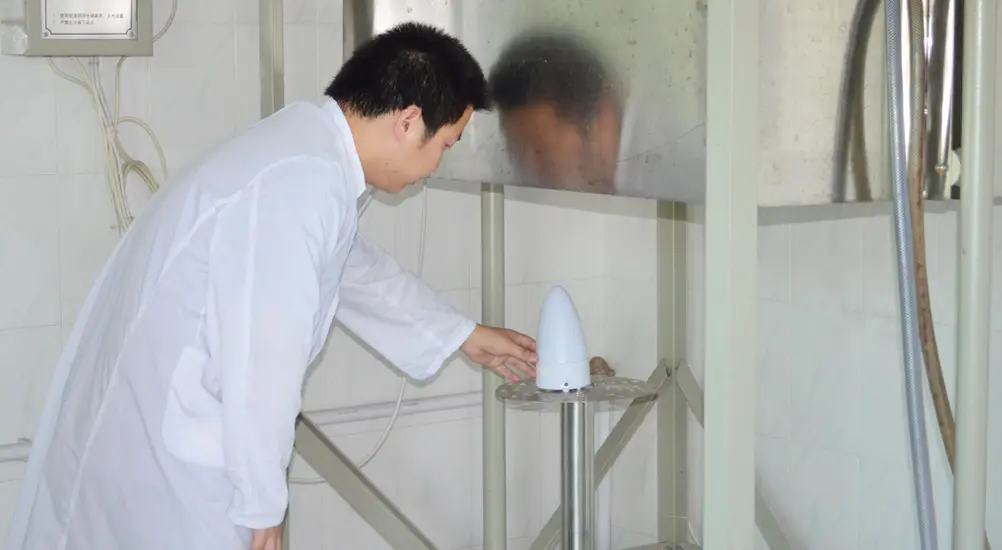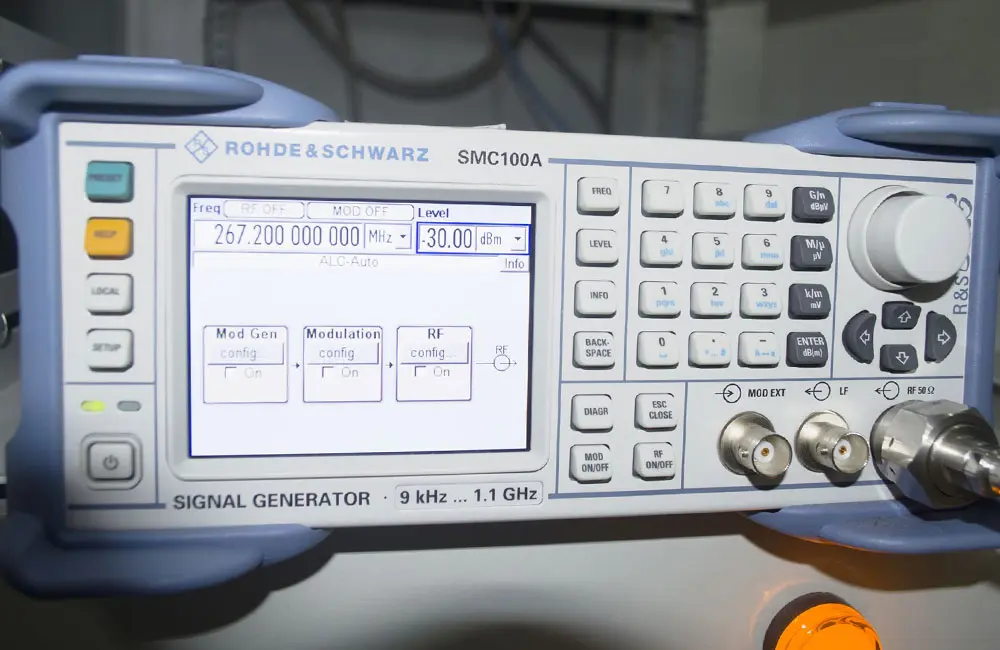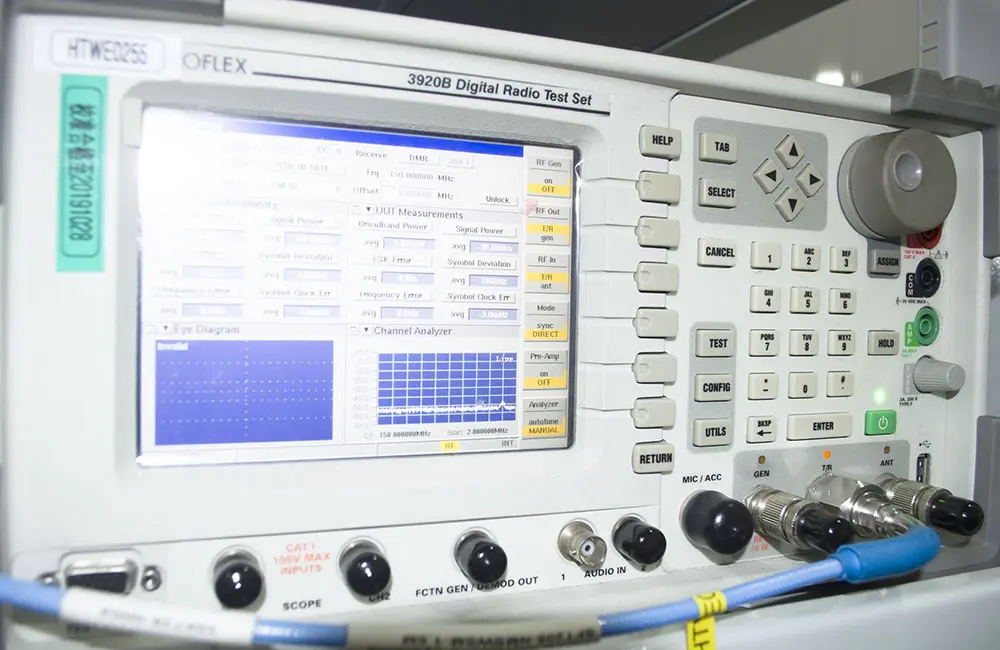
How Long Does the MIC Certification Process Take?
What is Mic certification in Japan?
MIC (Ministry of Internal Affairs and Communications) certification is mandatory for information and communication devices, IT products, computer peripheral office equipment, and various wireless RF products in Japan. The mic certification mark is issued by the Korea Radio Research Laboratory (RRL). The certification of information and telecommunications products is based on Chapter 33 of the Korean "Telecommunications Basic Law" and Chapters 464 and 47 of the "Radio Wave Law." Products listed in Chapter 3 of the "Implementation RULes for Information and Telecommunications Equipment Certification" must pass certification and affix the certification mark before being manufactuRED, imported, or sold in Korea.
What is the mic certification process?
1. Determine if your product requires the mic certification mark.
2. Provide a complete product introduction, listing all components, including all diagrams, identifying all materials, and including all manuals and other information required by MIC certification.
3. Provide test samples.
4. Review the product introduction and test samples. If qualified, approval is granted to use the MIC mark.
Why Apply for MIC Certification?
The "Radio Law" requires approval of the model for designated radio equipment (i.e., technical regulation conformity certification). Certification is mandatory, and the certification body is MIC, which recognizes registered certification bodies for designated radio equipment. MIC (MICOM Engineering Center) is the primary registered certification body for Japanese radio equipment conformity certification.
(1) MIC Certification Standards
The technical standards for certification are based on the specified radio equipment categories and technical standards listed in the technical regulation conformity certification system. It is important to note that if these technical standards differ from the technical requirements in the "Radio Regulations" (Radio Regulatory Commission Rules No. 18), the Radio Regulations take precedence.
(2) Types of MIC Certification
MIC certification includes Test Certification and Type Certification. Test Certification is verification for each individual unit of equipment, and it is only valid for that specific tested unit. Type Certification refers to verification of a sample from a batch of equipment with the same design and manufacture, and the certification is valid for the entire batch. However, if the design or manufacturing of the equipment changes, the equipment must be re-certified. It is worth noting that for non-low-power radio stations and their terminal devices, a license must be obtained from MIC.
Additionally, there are two cases for the conformity certification of telecom terminal equipment:
- For ordinary telephone devices, JATE certification is required according to the Telecommunications Business Law.
- For wireless terminal devices, in addition to JATE certification according to the Telecommunications Business Law, MIC certification is also required according to the Radio Law.
What Documents are Required for MIC Certification?
(1) Technical Type Specification Form
(2) Declaration of Quality Management System
(3) Quality Control Approval Letter or ISO 9001 Certificate
(4) Construction Protection Confirmation Letter
(5) Rated Power Declaration
(6) Antenna Report
(7) Test Reports (including test results, test setup photos, and examinations carried out)
(8) (Block diagram, schematic diagram, bill of materials, parts placement, IC data sheets, internal and external photos, product description, user manual, operational/technical description, description of peripherals/accessories)
(9) Label Information (label location, label content)
If acting as an agent or authorized representative of the manufacturer:
(10) Power of Attorney / Authorization Letter
Note: All submitted documents should preferably be in Japanese, though English documents are also acceptable. Test reports can be in the language of the local testing agency.
WiFi and Bluetooth Product Testing Requirements
The testing items for WiFi and Bluetooth products are generally similar to European standard EN300 328. For 2.4GHz WiFi products (802.11b/g, 2412-2472 MHz) and Bluetooth products, MIC Notice No. 88 Annex 43 is used. However, for the 14 channels of 2.4GHz WiFi products (channel 2497 MHz), Annex 44 should be used for testing and reporting, and additional fees may apply.
What is the MIC Certification Application Process?
1. The manufacturer provides the product manual, and the lab confirms the quote. Both parties sign a cooperation contract.
2. The application should include: sample, product manual, circuit diagram, block diagram, operation description, BOM, key component certificates, application form, and other documents.
3. Once all materials are collected, the lab formally starts the certification project and arranges testing.
4. After testing is completed, the test report and certificate are issued.
5. The typical testing period is 2-3 weeks.
Email:hello@jjrlab.com
Write your message here and send it to us
 SIRIM and MEPS Certification for Fans in Malaysia
SIRIM and MEPS Certification for Fans in Malaysia
 U.S. CPSC Water Bead Toy Compliance Requirements!
U.S. CPSC Water Bead Toy Compliance Requirements!
 Food Contact Materials (FCM) Regulation
Food Contact Materials (FCM) Regulation
 How to get Certification Compliance for Lithium Ba
How to get Certification Compliance for Lithium Ba
 LED Lighting Safety Testing Service Laboratory
LED Lighting Safety Testing Service Laboratory
 LED Lighting EMC Testing Service
LED Lighting EMC Testing Service
 EU REACH Compliance Testing Services
EU REACH Compliance Testing Services
 Electronic and Electrical Reliability Testing Serv
Electronic and Electrical Reliability Testing Serv
Leave us a message
24-hour online customer service at any time to respond, so that you worry!




